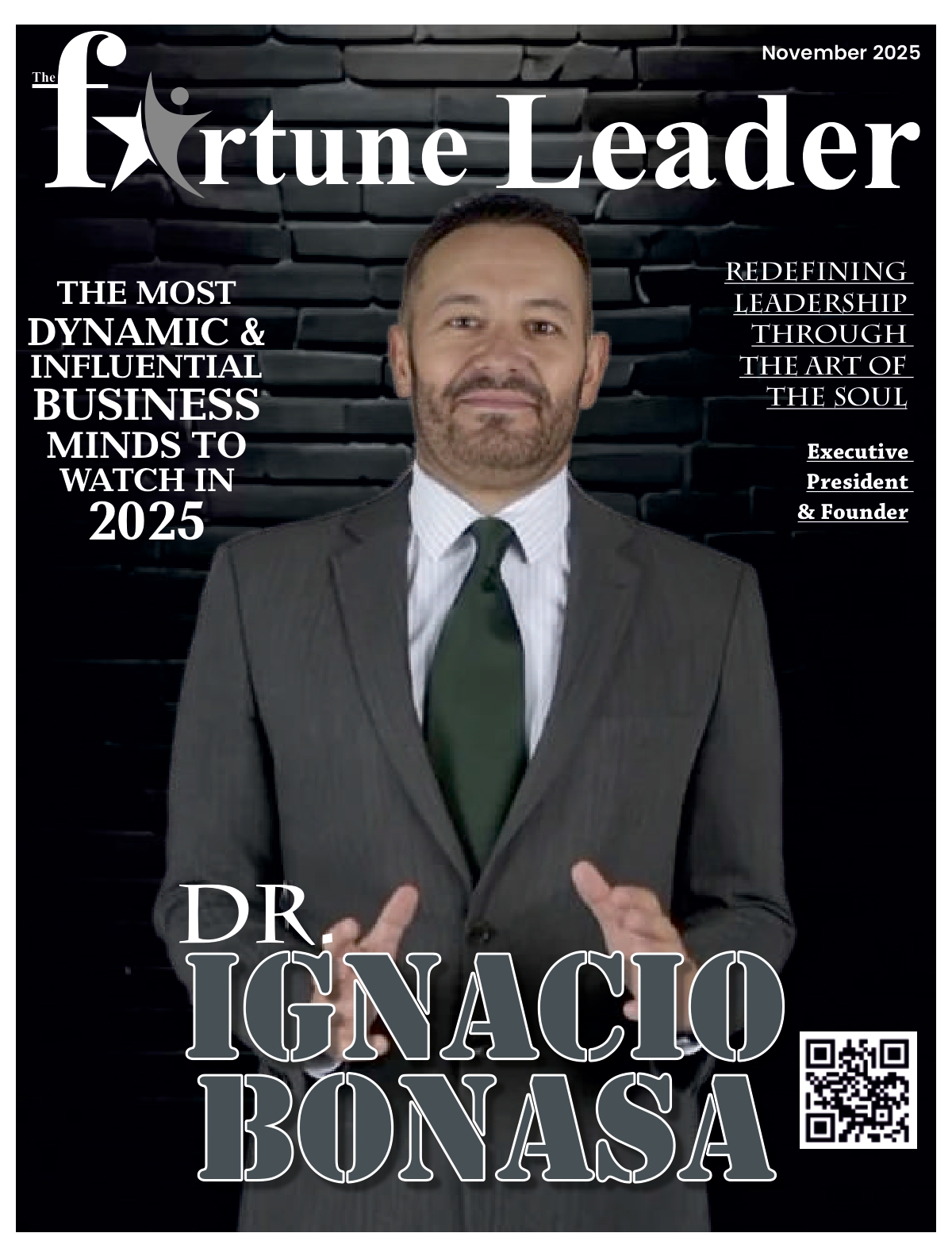In modern times, we are beginning to rely on drugs to curb our appetites. But what has happened to our innate ability to regulate eating? Consider an infant: An infant instinctively knows when to start eating by feeling hungry—a natural cue that guides their nourishment. This intrinsic mechanism guided us from birth, ensuring we ate when necessary. While eating, our taste buds—numbering over 10,000—helped us discern flavors and determine what was suitable for us. This intricate system reflects the body’s inherent wisdom, finely tuned to balance our needs and preferences. And guess what? We were also given a signal to stop eating once our hunger had simply gone away—not when we felt full, but when we reached a neutral state. This sensation of “nothingness” means we’ve addressed our hunger and achieved a natural balance without any discomfort or pressure against the stomach. Unfortunately, external influences have led us to ignore these cues, pushing us to eat beyond the point where hunger is satisfied. By overlooking this subtle internal message, we lose touch with our natural eating boundaries and the body’s ability to guide us through a balanced, intuitive approach to eating.
Choosing foods that feel good to you is crucial beyond satisfying hunger. Why? Because your choices reflect your identity, and selecting foods that resonate with you allows you to truly feel their effects. External judgments often cloud this intuitive process. Consider the conflicting research: shrimp is touted for health benefits, yet it may trigger reactions in some individuals. Is shrimp healthy for you if it causes a reaction? You are the ultimate authority on what foods are beneficial for your unique body. Research may offer insights based on statistical averages, but individual responses vary widely. We each possess a distinct set of taste buds and bodily responses—this is the wisdom of the body. Therefore, it’s essential to base your food choices on how they make YOU feel.
In addition to shaping our identity, it’s essential to take ownership of both the start and stop of our eating decisions. If we feel we shouldn’t eat a certain food but give in, how can we effectively control when to stop? Consider this scenario: You’ve made a decision to avoid chocolate. Then one day, you indulge and find it hard to stop. You might rationalize by saying, “I might as well keep eating and start fresh later,” or feel like you’ve failed altogether. However, if you own the decision to start, there’s no need to justify continuing beyond your boundaries or to feel like you’ve failed. This mindset is crucial in understanding and maintaining your eating boundaries. We must assert control over both starting and stopping with each food choice, not driven by failure but by how each food makes us feel when we decide to indulge or refrain.
However, once we lose touch with our natural hunger cues and disrupt our eating patterns, returning to a balanced state can be challenging. Often, we start using food as a tool to quickly fix unpleasant emotions, kick-start activity, or seek additional pleasure. The issue is that eating does momentarily provide these benefits—it can make us feel better instantly, the act of chewing can prompt us to move, and it can create a fleeting sense of connection with ourselves. Yet, we are meant to use our own thoughts and actions, not food, as tools for managing our emotions and motivating our decisions. True connection and progress come from engaging with our feelings and taking deliberate steps forward, rather than relying on eating to fulfill these roles.
Once we begin using eating as a coping mechanism, it can become more influential than our own thoughts and actions. Have you ever experienced deciding not to eat, only to find yourself at the refrigerator shortly after? Or have you promised yourself not to overeat, only to break that promise? When eating is used inappropriately, it takes effort to understand the purpose behind using food to achieve what we sought in that moment.
It’s not as simple as deciding not to eat when not hungry; putting our use of eating back in order requires effort. To achieve this, it’s crucial to understand the role of taste and its connection to pleasure. Among our five senses—taste, sound, touch, sight, and smell—taste has distinct boundaries. Its intended purpose is to be utilized only when hunger signals it. The other four senses offer unlimited tools to help us manage emotions, take breaks when needed, or enhance our enjoyment of life.
Here’s a practical example of what to do when the urge to eat strikes, even when hunger isn’t present: A client of mine realized he felt a compelling desire to eat at 2 PM every afternoon, despite not being hungry. I posed a simple question: “Imagine, just for a moment, that eating didn’t exist. What would you do?” His initial confusion led to a realization about how eating had overshadowed his creative thoughts. Together, we brainstormed alternative activities—walking down the hall, looking out the window, listening to music—and his list grew. This approach helps break the automatic urge to eat and encourages reconnecting with personal thoughts and actions, gradually restoring a balanced relationship with food.
About the Author
Shirley Billigmeier- Author and Consultant
Company Name- Innergetics
For more than 50 years, Shirley has been a coach, teacher, author, speaker, and body image specialist helping women, men, teens, and children resolve their issues with food and eating. She earned her Bachelor of Science and Master of Arts degrees from the University of Minnesota in 1971 and 1975, respectfully. The author of Inner Eating (Thomas Nelson 1991), she created Innergetics in 1994. Shirley has continued to refine the Innergetics process to make it a much more comprehensive, holistic solution than mindful eating alone. Innergetics offers tools that allow you to take a conscious, structured approach, so that you have more control over when you start and stop eating. Every baby is born knowing how to do this; Innergetics helps us recover that knowledge. Clients who adhere to this simple process not only lose weight but keep it off permanently. And they do it from a sense of abundance and respect for the body, rather than through deprivation and willpower. Innergetics will help you regain the true joy of eating. It will teach you how to tune in to your body and feed it what it needs, each and every time you eat. Shirley’s program is all about choice and respect; she will never tell you what to eat or when (that’s completely up to you). If you wait until you are hungry, you can eat whatever you want! Just this past year she developed an online course to teach the Innergetics Process to a wider audience. To learn more about Shirley and her process, please visit www.innergetics.com
Quote: “The appearance of the body is a visual, an interpretation of our brain. It is not a sensation felt internally, like hunger. Innergetics has proven that honoring the gut’s simple hunger and taste messages will result in a slender body that is balanced overall. In contrast, a narrow focus on the size of the body will only result in continuous struggle and frustration; intellectualizing about food actually blocks information that our body sends about hunger, satisfaction, and other needs and feelings. In essence, work is created where there is meant to be no work. Eating is natural, is pleasurable, gives energy, and was never meant to interfere with our creative minds.”
- Visit Shirley Billigmeier – LinkedIn Profile
- Visit Innergetics – Company Website












